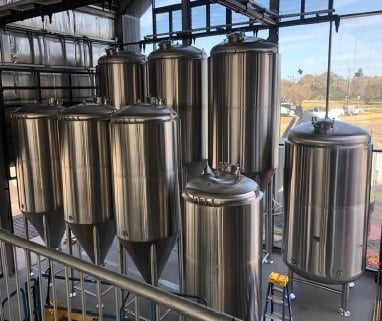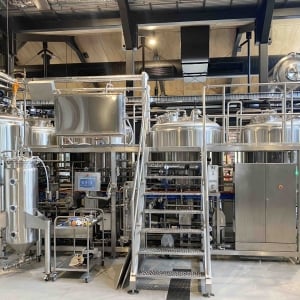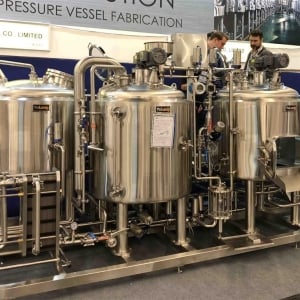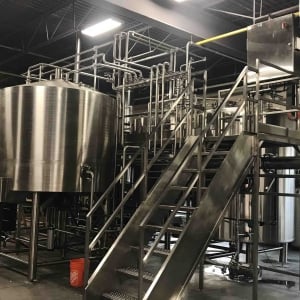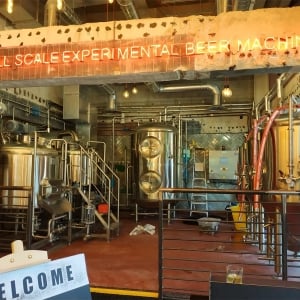Ensuring Quality Beer with Micro Brewery Equipment: A Comprehensive Guide
Craft beer is a booming industry that continues to grow year after year. With so many breweries out there, it can be a challenge to stand out from the competition. One way to ensure that your beer stands out is by using high-quality micro brewery equipment. In this comprehensive guide, we’ll explore the essential components of a micro brewery equipment setup, the different types of micro brewery equipment available, and how to control the brewing process with this equipment. We’ll also discuss best practices for maintaining your micro brewery equipment to ensure that it continues to produce high-quality beer. By following the advice in this guide, you’ll be well on your way to brewing beer that is a cut above the rest. So, let’s get started!
The Five Essential Components of a Micro Brewery Equipment Setup
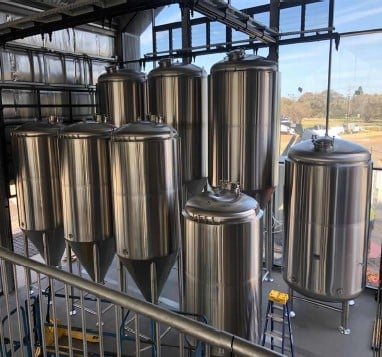
To set up a micro brewery equipment, there are five essential components that you can’t do without. The first one is the Mash/Lauter Tun. This is where you combine milled grains with hot water to extract the sugars needed for fermentation. The resulting liquid, known as wort, is then transferred to the brew kettle.
The brew kettle is where the wort is boiled with hops to create the bitterness, flavor, and aroma that define the beer’s style. Once the boiling is complete, the wort is cooled and transferred to the fermentation tank.
The fermentation tank is where the yeast is added to the wort to start the fermentation process. This is where the sugars are converted into alcohol and carbon dioxide. The fermentation process can take anywhere from a few days to several weeks, depending on the beer style and yeast used.
After the fermentation process is complete, the beer is transferred to a bright tank. This is where the beer is clarified and carbonated. The bright tank is pressurized to ensure that the beer remains carbonated until it is served.
Finally, the chiller is an essential component of a micro brewery equipment setup. It is used to cool the wort before it is transferred to the fermentation tank and to cool the beer in the bright tank before it is served. Maintaining a consistent temperature throughout the brewing process is critical to producing high-quality beer.
By ensuring that you have these five essential components in your micro brewery equipment setup, you’ll be on your way to brewing delicious beer that your customers will love.
Types of Microbrewery Equipment
Micro brewery equipment comes in different types, each with its own unique features and benefits. The first type is the 3-vessel system. This type of equipment separates the mash/lauter tun, brew kettle, and whirlpool into three separate vessels. This allows for greater control over the brewing process and makes it easier to brew multiple batches of beer.
The second type of equipment is the 2-vessel system. This combines the mash/lauter tun and the brew kettle into a single vessel, with a separate vessel for the whirlpool. This is a more compact setup that is ideal for smaller brewing operations.
Another type of micro brewery equipment is the brewpub system. This is a small-scale setup that is designed for use in a pub or restaurant. It typically includes a single vessel that serves as both the mash/lauter tun and the brew kettle, as well as a fermentation tank and bright tank.
Nano systems are another type of micro brewery equipment. These are small-scale systems that are designed for homebrewers or very small commercial operations. They typically have a capacity of 1-3 barrels and are relatively inexpensive compared to larger systems.
Finally, pilot systems are used for testing and experimentation. These smaller-scale systems allow brewers to test out new recipes and techniques without committing to a full-scale batch of beer.
By understanding the different types of micro brewery equipment that are available, brewers can choose the system that best meets their needs and goals. Whether you’re looking to brew on a large scale or experiment with new flavors and techniques, there is a micro brewery equipment setup that is right for you.
Controlling the Brewing Process with Micro Brewery Equipment
Micro brewery equipment provides brewers with precise control over the brewing process, allowing them to create consistent, high-quality beer. One way this is achieved is through temperature control. The temperature of the mash and fermentation process can be carefully monitored and adjusted to ensure optimal enzyme activity and yeast fermentation.
Pressure control is another key feature of micro brewery equipment. During the fermentation process, pressure can be applied to help the yeast metabolize more efficiently, leading to a cleaner, more consistent final product. Pressure can also be used to control carbonation levels during the carbonation process.
Oxygenation control is another important aspect of the brewing process. By carefully controlling the amount of oxygen that is introduced into the wort, brewers can help to ensure that the yeast has the ideal conditions for fermentation. Too much oxygen can result in off-flavors, while too little can inhibit yeast growth.
Finally, micro brewery equipment can be used to control carbonation levels during the carbonation process. By carefully controlling the pressure and temperature of the beer as it carbonates, brewers can create a consistent level of carbonation that enhances the beer’s flavor and mouthfeel.
By using micro brewery equipment to control the brewing process, brewers can create beer that is consistent, high-quality, and delicious. Whether you’re a professional brewer or a homebrewer, investing in high-quality equipment can help you take your brewing to the next level.
Maintaining Your Micro Brewery Equipment
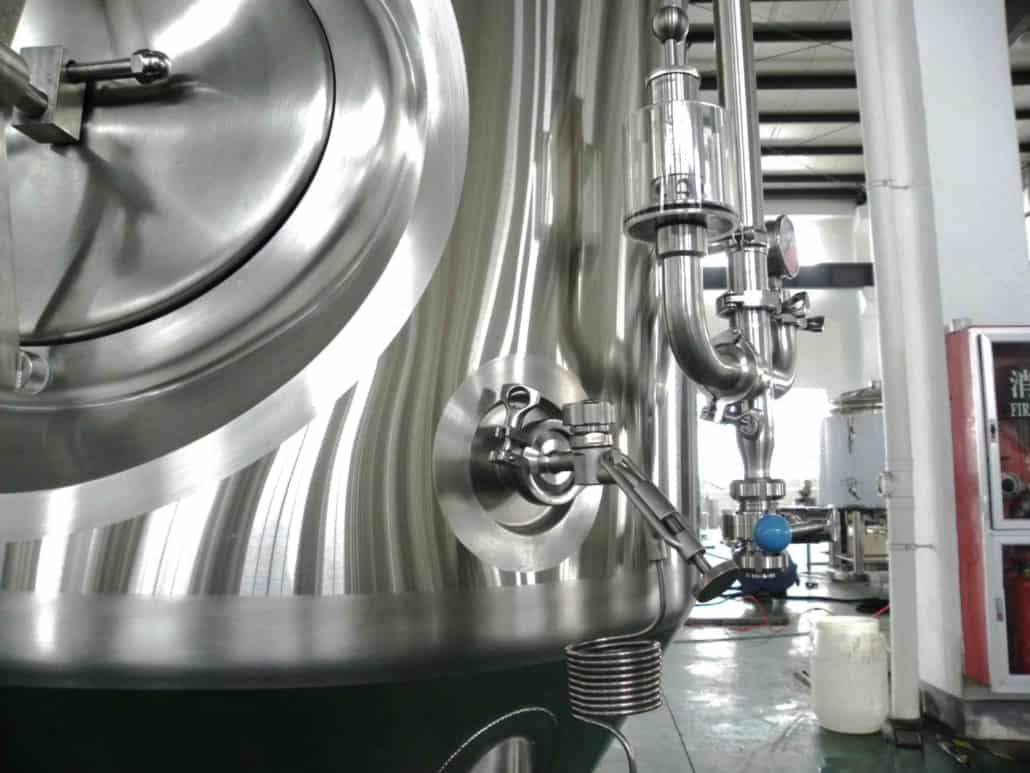
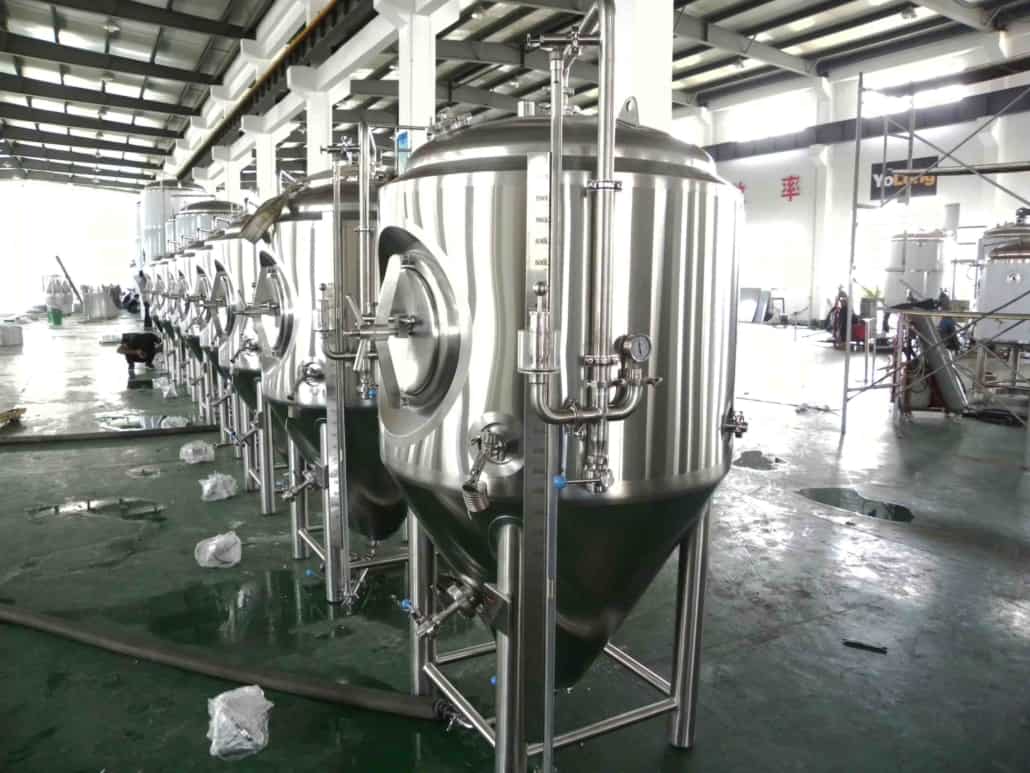
Maintaining micro brewery equipment is essential for producing high-quality beer and ensuring the longevity of the equipment. One of the most important aspects of equipment maintenance is cleaning and sanitizing. All equipment should be thoroughly cleaned and sanitized between each use to prevent contamination and off-flavors.
Regular maintenance is also key to keeping micro brewery equipment in good condition. This includes regular inspections of all equipment, such as hoses, pumps, valves, and fittings, to ensure that they are in good working order. Any worn or damaged parts should be replaced promptly.
Equipment inspection is another best practice for maintaining micro brewery equipment. This involves inspecting all equipment on a regular basis to ensure that it is functioning properly and that there are no signs of damage or wear. Any issues should be addressed immediately to prevent further damage.
Finally, replacement and upgrades may be necessary as equipment ages or as the needs of the brewery change. Investing in new equipment or upgrading existing equipment can help to ensure that the brewing process remains efficient and consistent.
By following these best practices for maintaining micro brewery equipment, brewers can produce high-quality beer and extend the life of their equipment. By keeping equipment clean and well-maintained, brewers can avoid costly repairs and downtime, ensuring that they can continue to produce delicious beer for their customers.
Conclusion
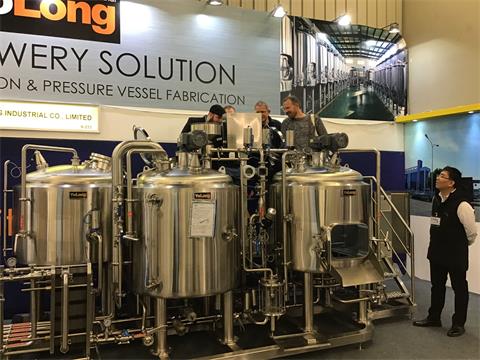
In conclusion, ensuring quality beer with micro brewery equipment is a comprehensive process that requires careful attention to detail. We have discussed the five essential components of a micro brewery equipment setup, the different types of micro brewery equipment available, and how to control the brewing process using this equipment. We have also provided tips and best practices for maintaining micro brewery equipment to ensure optimal performance.
It’s important to note that the quality of the equipment used has a significant impact on the quality of the beer produced. Investing in high-quality micro brewery equipment can help brewers produce consistent, high-quality beer that stands out in a crowded market.
By carefully maintaining and upgrading equipment as needed, brewers can ensure that their beer meets the highest standards of quality and consistency. So, whether you’re a professional brewer or a homebrewer, take the time to invest in high-quality micro brewery equipment and follow best practices for maintenance and upkeep. With the right equipment and attention to detail, you can brew delicious beer that your customers will love.

